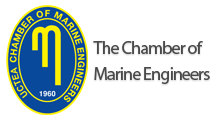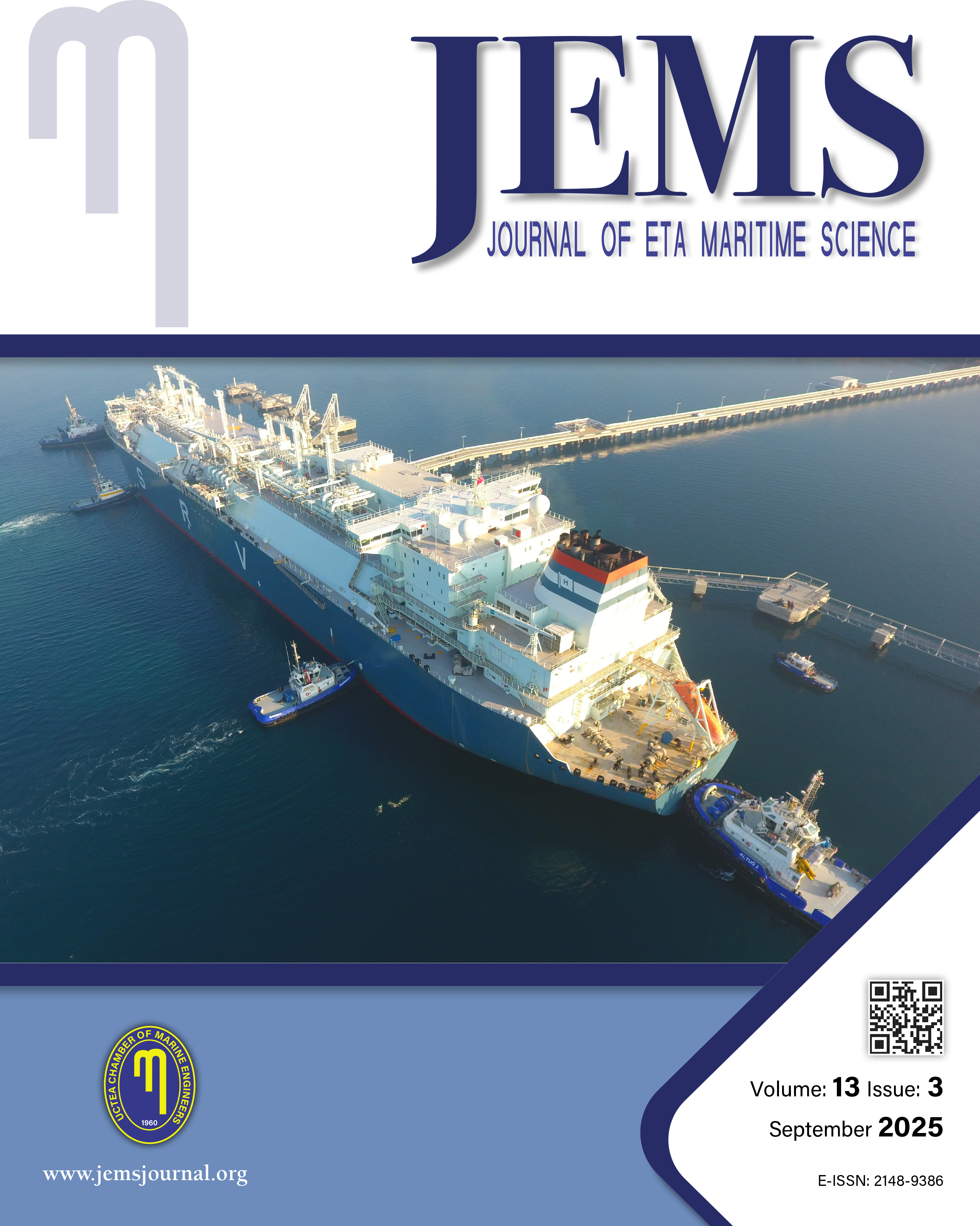

JEMS apply the Creative Commons Attribution NonCommercial 4.0 International Licence to all manuscripts to be published
Astern Running of Heavy-Tonnage Vessels in an Ice Channel
Aleksei Dobrodeev, Kirill SazonovKrylov State Research Centre, St. Petersburg, RussiaOne of the most important tasks in raising the efficiency of marine transport systems is to make heavy-tonnage vessels move at faster speeds in channels laid by icebreakers. Studies conducted in the Krylov State Research Center (KSRC) Ice Basin have shown that broken ice is a significant factor that restricts vessel speed through ice channels. Wide breadths of heavy-tonnage vessels make it difficult to push ice pieces aside, resulting in their accumulation ahead of the bow. Ice blocks can be removed from the bow area only if they are immersed and passed along the hull underwater. With increasing speed, these processes require increasing amounts of energy. Possibly, easy ice passage along the underwater hull and speed improvements can be achieved if large-size vessels go stern first in ice channels. In this mode of operation, we have a number of factors contributing to the more efficient passage of ice provided by the small angle of the sternpost, making it easier for ice floes to dive under the hull, as well as the suction produced by the propellers. Moreover, the propeller slipstreams wash away the submerged ice outside the channel edges and reduce the ice friction of the underwater hull. This paper provides some theoretical assessments regarding the efficiency of running a large-sized vessel astern in an ice channel. Model studies have been undertaken in the KSRC Ice Basin to confirm that the suggested mode of operation is effective. During these experiments, models of large vessels were run through an ice channel to determine their ice resistance and speed. The theoretical estimates were compared with the model test results obtained for the Ice Basin. The analysis of all results proves that the described mode of operation promises faster vessels through ice channels.
Keywords: Heavy-tonnage vessel, Propulsion in ice, Hull form, Ice basin, Model testsManuscript Language: English
(678 downloaded)










